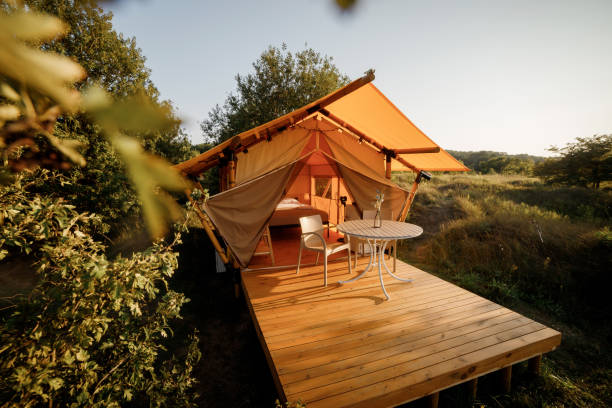Eco-Friendly Practices for Outdoor Live Shows
Outdoor live events present unique opportunities to reduce environmental impact while preserving memorable experiences for attendees and artists. This brief overview highlights practical steps organizers, venues, and audiences can take to cut waste, manage energy use, and promote sustainable travel and accommodation choices without sacrificing the essentials of live entertainment.

Outdoor live events combine music, social connection, and shared experiences, but they also bring logistical and environmental challenges. Organizers can prioritize sustainability from planning through cleanup by assessing energy, waste, transport, and site impacts early. Practical measures—like choosing renewable power sources, limiting single-use plastics, designing clear crowd flows, and coordinating with local services—help keep both the show and surrounding environment safe and resilient. These practices support accessibility and safety while maintaining the atmosphere that makes concerts and live gatherings compelling.
How can concerts reduce environmental impact?
Organizers should embed sustainability in event planning for concerts and live shows by setting measurable goals for waste reduction, energy use, and local engagement. Use sustainable procurement policies for production materials and merch, and require vendors to follow waste-separation guidelines. Schedules and lineups can be optimized to minimize redundant equipment moves and encourage local artists to reduce travel distances. Clear communication on tickets and arrival instructions helps manage crowds and reduces last-minute vehicle idling that increases emissions.
How do stages and production adopt greener options?
Stages and production choices strongly influence the footprint of an event. Opt for LED lighting, energy-efficient sound systems, and modular staging that reduces material waste and transport volume. Work with production suppliers who offer carbon-offset solutions or use biodiesel and electric vehicles for load-in and load-out. Consider on-site renewable generation (solar trailers, battery storage) to supplement grid power, and plan production schedules to minimize overnight generator use, improving both sustainability and onsite safety for artists and crew.
How can lineups, schedules, and artists support sustainability?
Lineups and schedules can be structured to support greener transport and logistics. Clustering local artists or creating regional routing for touring acts reduces travel-related emissions. Provide artists with guidance on sustainable rider options—locally sourced food, reusable dishware, and reduced single-use items. Encourage collaboration between artists and production teams on packaging merch sustainably, and include clear scheduling to avoid unnecessary late-night runs that complicate transport and crowd management.
How can travel, transport, and accommodation be greener?
Transport and accommodation choices are major drivers of an event’s impact. Promote shared transport options, public transit partnerships, shuttle services, and secure bike parking to reduce vehicle congestion. Offer clear travel guidance with tickets and on venue websites to help attendees plan routes, timetables, and local services. Encourage nearby accommodation options that follow green practices and share information about camping that minimizes site damage. When camping is part of an event, provide facilities for waste sorting, water refill stations, and designated quiet hours to balance access and safety.
How can venues, tickets, and accessibility improve sustainability?
Venues can lower environmental impact through site selection, energy retrofits, and infrastructure for waste and water management. Digital ticketing reduces paper waste and enables better scheduling information for arrivals and crowd control. Ensure accessibility measures—clear paths, seating options, and services for attendees with disabilities—are integrated into sustainability planning, since accessible design often aligns with efficient, safe circulation. Coordinate with local authorities and transport providers to ensure routes remain safe and reliable during peak ingress and egress.
How can crowds, merch, camping, and safety be managed sustainably?
Managing crowds and onsite services affects both sustainability and safety. Provide well-marked waste and recycling stations and incentivize reusable cup programs to cut single-use disposables. Work with merch vendors to offer sustainably produced items and low-waste packaging. For camping areas, set up durable pathways and campsite boundaries to prevent habitat damage, and supply water refill points and adequate sanitation. Train staff and volunteers in crowd management and emergency protocols so sustainability measures complement, not compromise, attendee safety.
Conclusion Sustainable practices for outdoor live shows are achievable when event teams coordinate production choices, transport planning, venue operations, and audience guidance. Incremental steps—energy-efficient staging, smarter scheduling, sustainable merch, and clear travel options—reduce environmental impact while preserving the integrity of concerts and live performances. Prioritizing accessibility and safety alongside sustainability ensures events remain welcoming and resilient for communities, artists, and audiences alike.






